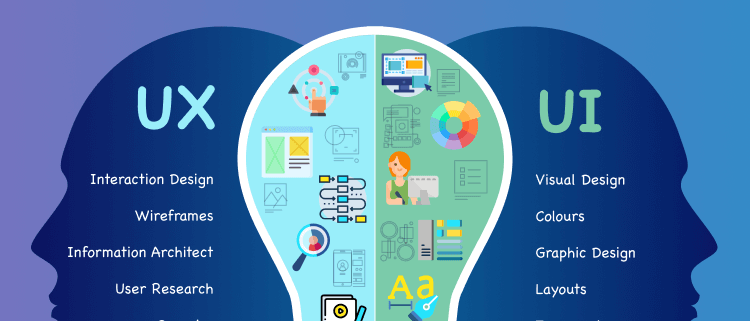What is Website Design UI or User Interaction
Features that make up Website Design UI (User Interface)
Website design UI (User Interface) focuses on the visual and interactive elements of a website that users directly interact with.
Here are key features that contribute to an effective UI design:
Visual Consistency:
- Consistent use of colours, fonts, and design elements across the site.
- Uniformity in the presentation of buttons, icons, and other visual components.
Responsive Design:
- Ensuring that the user interface adapts seamlessly to different screen sizes and devices.
- Prioritizing touch-friendly elements for mobile devices.
Intuitive Navigation:
- Clearly labelled and easily accessible navigation menus.
- Logical grouping of menu items for a user-friendly experience.
Interactive Elements:
- Engaging buttons, sliders, checkboxes, and other interactive components.
- Use of hover effects, animations, and transitions to enhance interactivity.
Typography:
- Legible and visually appealing font choices.
- Proper hierarchy with headings, subheadings, and body text.
Whitespace (Negative Space):
- Thoughtful use of whitespace to improve readability and visual clarity.
- Avoidance of clutter to create a clean and organized appearance.
Images and Icons:
- High-quality and relevant images that complement the content.
- Consistent use of icons for intuitive communication.
Grid Layouts:
- Structured grid systems for consistent alignment and organization.
- Aesthetic appeal through well-balanced layouts.
Feedback Elements:
- Visual cues for user actions (e.g., button presses, form submissions).
- Error messages and feedback for user interactions.
Form Design:
- Clear and user-friendly form layouts with proper labelling.
- Input fields, checkboxes, and radio buttons are designed for ease of use.
Call-to-Action (CTA) Buttons:
- Visually striking CTA buttons with clear and concise text.
- Use contrasting colours to make buttons stand out.
Loading Animations and Indicators:
- Informative loading animations to manage user expectations.
- Progress indicators for actions that take time to complete.
Consistent Iconography:
- Uniform use of icons for a cohesive visual language.
- Icons that are easily recognizable and convey their intended meaning.
Colour Scheme:
- Thoughtful colour choices that align with branding and evoke the desired emotions.
- Attention to colour contrast for readability and accessibility.
Microinteractions:
- Small, subtle animations or changes in response to user actions.
- Enhances the overall user experience by providing feedback.
Feedback and Help:
- Easily accessible help or support features.
- User-friendly error messages and guidance on resolving issues.
User Onboarding:
- Smooth and guided onboarding processes for new users.
- Intuitive tutorials or tooltips to help users understand the interface.
By incorporating these UI features, designers can create visually appealing and user-friendly interfaces that enhance the overall user experience and encourage interaction with the website.
Recommend you also read the Article on UX or User Experience in Website Design – https://findnetsolutions.com/what-is-website-design-ux-or-user-experience/






